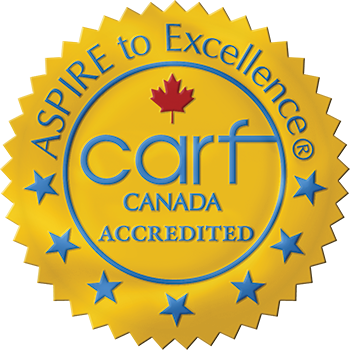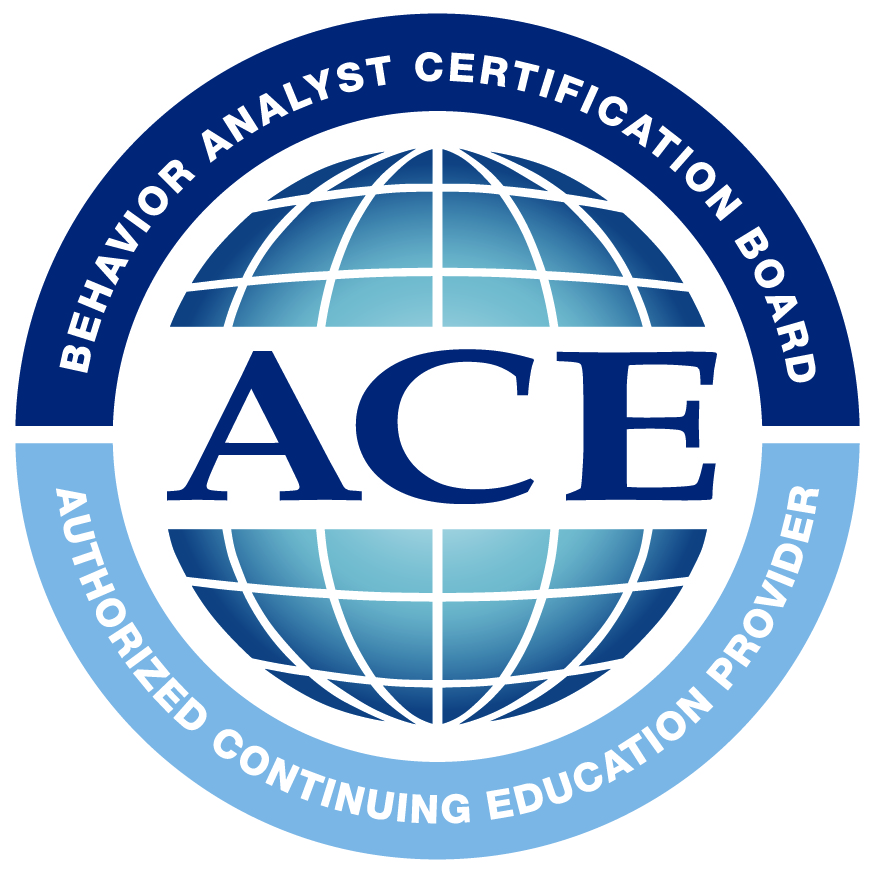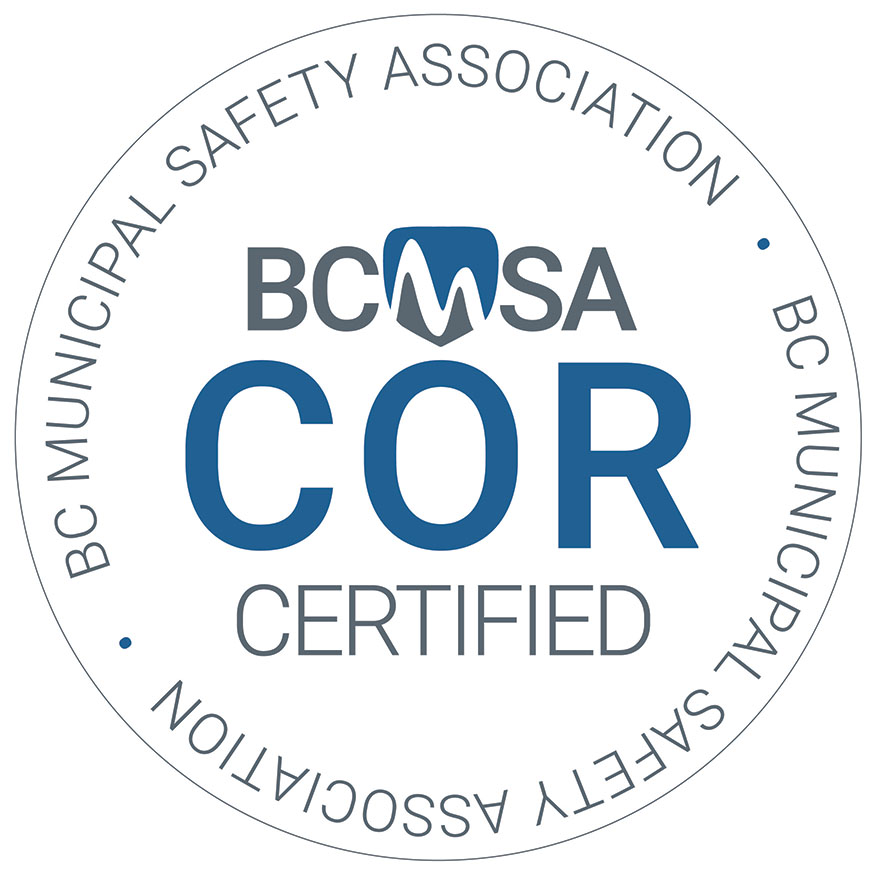Contributed by: Matthew Rachmat
 |
| Have you ever thought about how cities can impact someone’s ability to access them? Allie Turner’s article for Vancouver is Awesome opened my eyes to this issue and made me realize how privileged I am as an able-bodied person. While I may not notice the lack of seating in certain areas, it can make a huge difference for someone with mobility issues.
After years of a global pandemic, we are finally able to enjoy the outdoors again. However, not everyone can access our parks and cities equally due to inequitable accessibility factors, making a simple trip to the park – complicated. Gabrielle Peters, a disabled writer and policy analyst, has experienced this first hand. She said she often went to walk on Inukshuk Point at English Bay, but the benches that used to be there were removed. The four benches used to provide adequate space for wheelchair users to move in and out of their chairs comfortably, but they were sacrificed for the sake of a pop-up plaza. This sends a message that convenience for one community is more important than the rights of another. For the communities that need accessible amenities having those very things taken makes lives harder. It’s not fair to choose one group of people over another for the sake of convenience, especially when it removes the right to enjoy a public space. Gabrielle highlights the disconnect between policymakers’ words and actions, as they often preach inclusivity but make decisions that remove accessibility. When discussing what can be done to create accessibility, she suggests not removing what is already there and regularly placing public seating like benches around the city, not just in parks. Every block should have seating and shade, and the type of seating should cater to different needs. As a member of the Active Transportation Policy Council back in 2017, Gabrielle Peters, wanted the city of Vancouver to put together a map of all the publicly available washrooms and seating with accessibility feature like grade changes, curb cuts and distance to water fountains/shade. Peters added that she was open to and offered to put the map together herself many times but needed the raw data, which she has yet to. I recently spoke with local Burnaby advocate, Rachel Goddyn, Family Services Consultant at the Burnaby Association for Community Inclusion, about accessibility in Metro Vancouver. She mentioned that Burnaby has had an Accessibility Advisory committee comprised of different disability groups for a while. Previously, the committee only met with staff, but it has now become a committee of the city council, allowing for greater visibility of the issues being discussed and the aim to tackle systemic issues. We asked about the pros and cons of this change, and Rachel explained that while it worked well in Burnaby, other places could benefit from similar systems being put in place. She shared a story about how, although most, not all projects reach the committee. In particular, a previous beach project didn’t meet with the committee because it met all minimum standards. However, she stated that the minimum standards of accessibility “don’t really provide full and meaningful accessibility.” We also discussed how the BC Accessibility Act will help create responsibility and accountability through written protocols and standards, creating better communication between cities and public organizations When asked what is most exciting about the act, she replied that it was the opportunity for individuals with disabilities to lead “rich lives” and have access to opportunities. She went on to explain how people with disabilities are now living “longer and healthier lives than ever before,” thanks to living in inclusive communities with excellent healthcare. She emphasized the importance of the younger generations in creating these inclusive communities. This is because they have grown up with people who have disabilities in their schools. She shared a story about a business owner who wanted to find a way to include more individuals with disabilities in the workforce. He became interested in this after realizing there was a lack of representation in society. This desire stemmed from his experiences with members of the disability community during his education in childhood. She brought up that the cost of housing remains a significant challenge that impacts social progress. So, I asked her what are some of the barriers that should be easier to overcome but as a society we haven’t? She mentions how there is a lot of construction and although they have signs it doesn’t always seem like they consider people with disabilities, wheelchairs, sensory disabilities, or seniors. Stressing that making sure it is possible that they can navigate is important and it’s a huge struggle for them since it seems unpredictable, saying it there could be better planning around that. On an individual level, Rachel suggested that people on transit should be more aware of those who may need disability/senior seating and be more proactive in making sure they have access to it. She felt that many people on transit are often on their phones, perhaps zoning out, not realizing that someone needs the seat. She also shared her experience of people being more quick to make things easier by doing the “little things,” but noticed when she was with a person with a disability it wasn’t quite the same. When reflecting on her experience with her newborn, she said that it was “nice to know people would watch out for [her].” Contrasting, what she felt when with a person with disabilities. To close, I asked Rachel about experiences with accessibility outside of Canada that could be looked at for inspiration to implement Rachel mentioned how funding for disabilities varies from province to province in Canada, with people moving to provinces like Alberta for better funding. She also mentioned an example from Louisiana, where people with disabilities work for tips in grocery store parking lots, which is good but not ideal. We discussed how we can take ideas like that and improve upon them for better accessibility in Metro Vancouver. If you’re like me and haven’t thought much about accessibility before, I encourage you to take a closer look at your city and parks. Are they truly accessible for everyone? If not, it’s time to speak up and advocate for change. Together, we can create a city that works for everyone. Accessible events checklist and resources | City of Vancouver Lack of Vancouver public seating poses accessibility issues – Vancouver Is Awesome |










